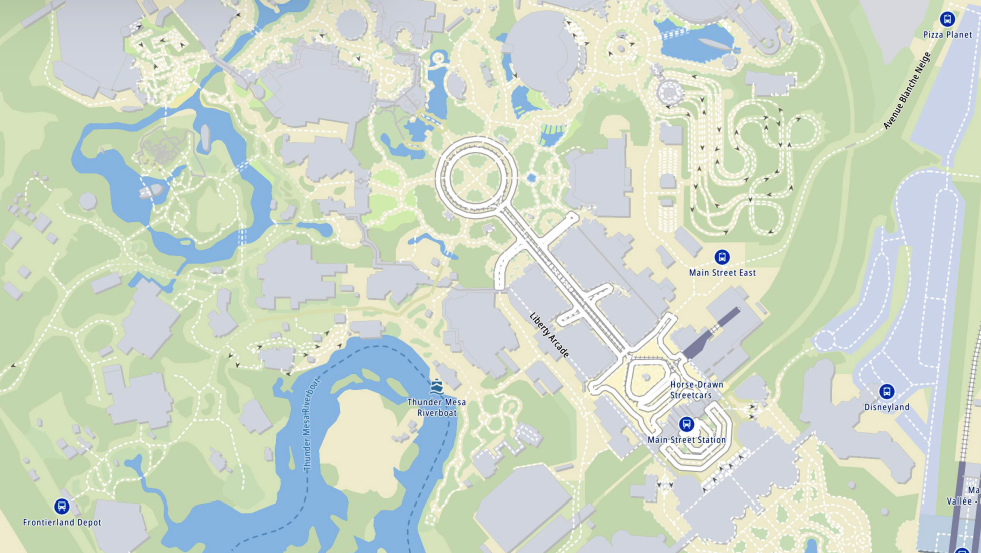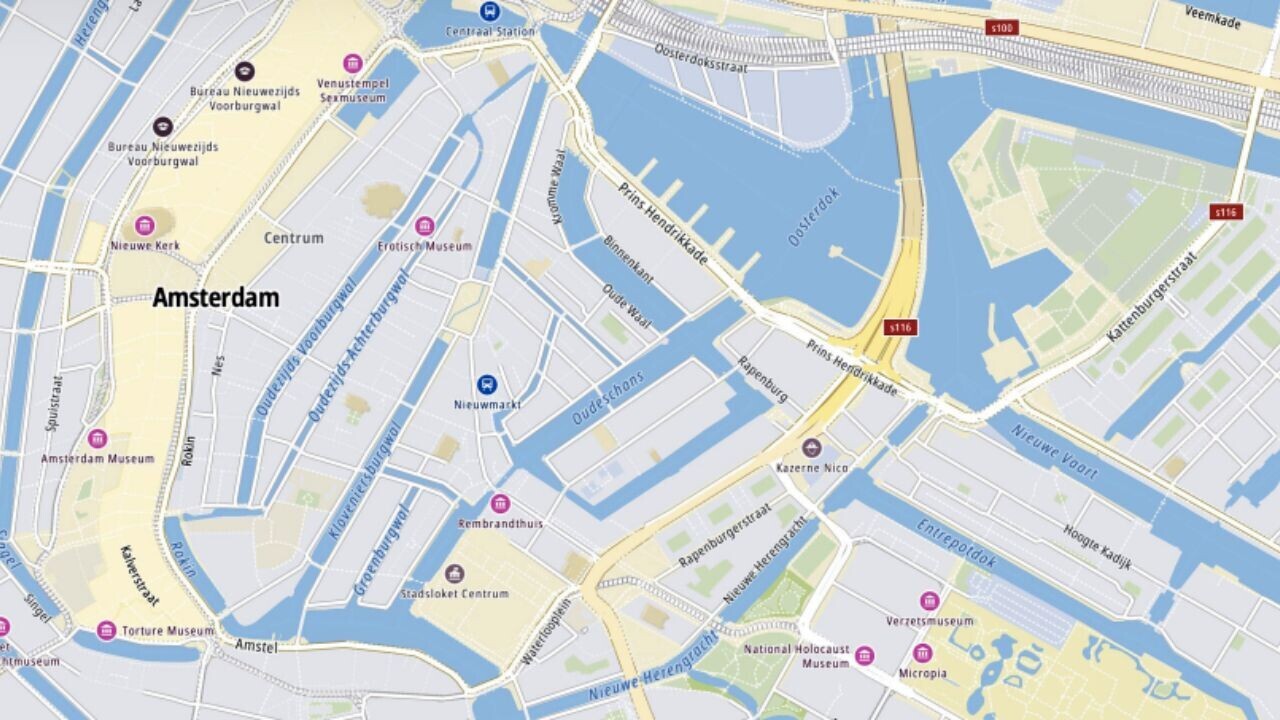Digital maps and navigation apps have become an integral part of not only how we move, but also how businesses and entire industries operate.
Think about it. Geolocation data is necessary for delivery companies to bring goods to your doorstep, for ride-hailing apps to get you to your destination, and for automotive brands to make the most out of their driver assistance systems (ADAS) technology. The list of examples goes on and on.
The requirement for location-based mapping services has increased to such an extent that the global digital map market is expected to rise by $33.18 billion in the next five years.
The gaps in digital maps options
When we think of a digital mapping service, Google Maps immediately springs to mind. But its consumer popularity doesn’t really translate to a seamless business implementation.
The Google Maps Platform for businesses comes with several significant disadvantages, but one rises to the top: its proprietary, closed-source nature. This means that customization options are limited and that, subsequently, a business must work with what Google offers.
Beyond that, the speed at which innovation can occur when using a proprietary map is limited by the speed of the company that owns it and the resources it’s willing to spend.

For this reason, businesses are also turning to open-source options like Open Street Map (OSM). The issue though is this comes with less coverage and lacks standardization.
TomTom to offer a new solution
Netherlands-based geolocation specialist TomTom is attempting to bridge this gap and combine the best of both worlds.
Its aims to create an open and collaborative mapping ecosystem that supports industry innovation, something it hopes the TomTom Maps Platform can achieve. This encompasses a new map and associated database, a building platform for maps and location data, and an ecosystem to support partners and share data.
As Michael Harrell, VP of Engineering at TomTom illustrated during Capital Markets Day 2022, “now all those using Open Street Map can get the full coverage of TomTom’s network.”
“And that provides a significant opportunity for everyone to collaborate. The TomTom Maps Platform makes Open Street Map enterprise ready commercial grade. What I mean by this is we’re going to add in all the extra features or capabilities that block people from using OSM like standardization.”
How does the map work?
Think of the TomTom Maps Platform as a base map on top of which anyone can build their products and services. This core map is bringing together a pool of content from users around the world, as well as a variety of other sources, including OpenStreetMap, sensor-derived observations (SDO) from vehicles, probe data, and shared points of interest (POI).
According to the company, this data will then be ingested, validated, and standardized. The employment of AI and machine learning will also deliver faster update cycles, and higher accuracy and detail.

Businesses can also make use of tools for integrating additional data sources, editing the map, or reporting and fixing changes. The map data can also be taken into their processes and systems through APIs or uncompiled data, offering the potential of more choices on map use.
What does this mean for TomTom?
According to the company, the Maps Platform will enable it to accelerate growth in the enterprise and automotive industry, supporting its ambition to generate location technology revenue of €600 million in the next three years.
Most importantly, it has the potential to increase competitiveness.
“We’re talking about bringing the resources of all the different companies that want to play in the same ecosystem together and that’s going to accelerate mapmaking significantly,” Harrell said.
“TomTom’s Maps Platform is the first proprietary mapping solution that embraces open mapping, bringing the best of these worlds together. This is how we beat Google and the competition. With the sensor data and unique algorithms for specialized use cases, mapping can no longer be done alone.”
Harrell continued: “The new platform is bringing collective resources of the world together on a non differentiating map and allowing everybody to focus their efforts where matters. But even Google can’t go against the collective resources of the world.”
The company expects to roll out its platform in the second quarter of 2023 and we’re excited to see if it’ll shift the digital mapmaking market, and wrestle control of it away from Silicon Valley.
Get the TNW newsletter
Get the most important tech news in your inbox each week.




